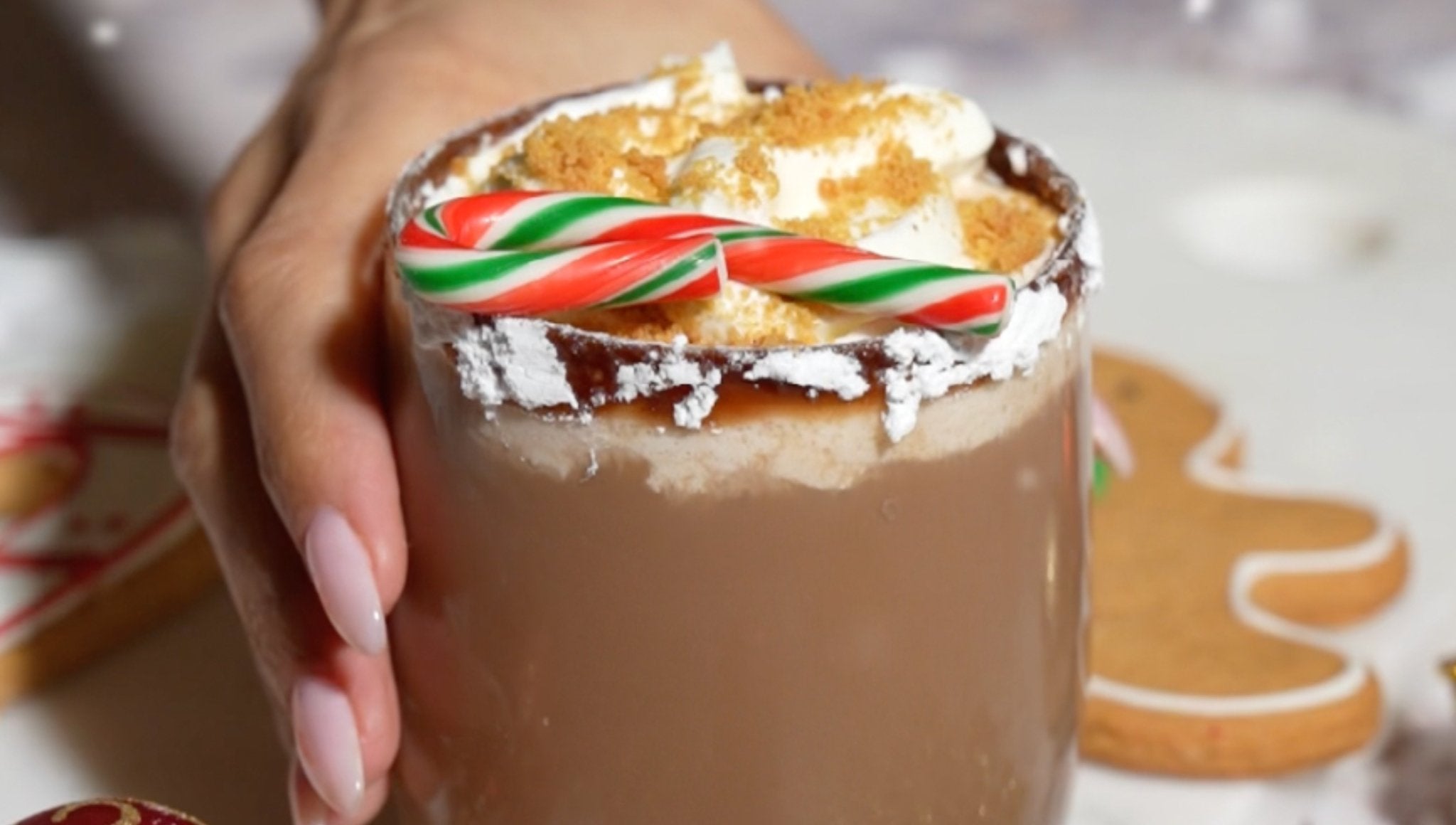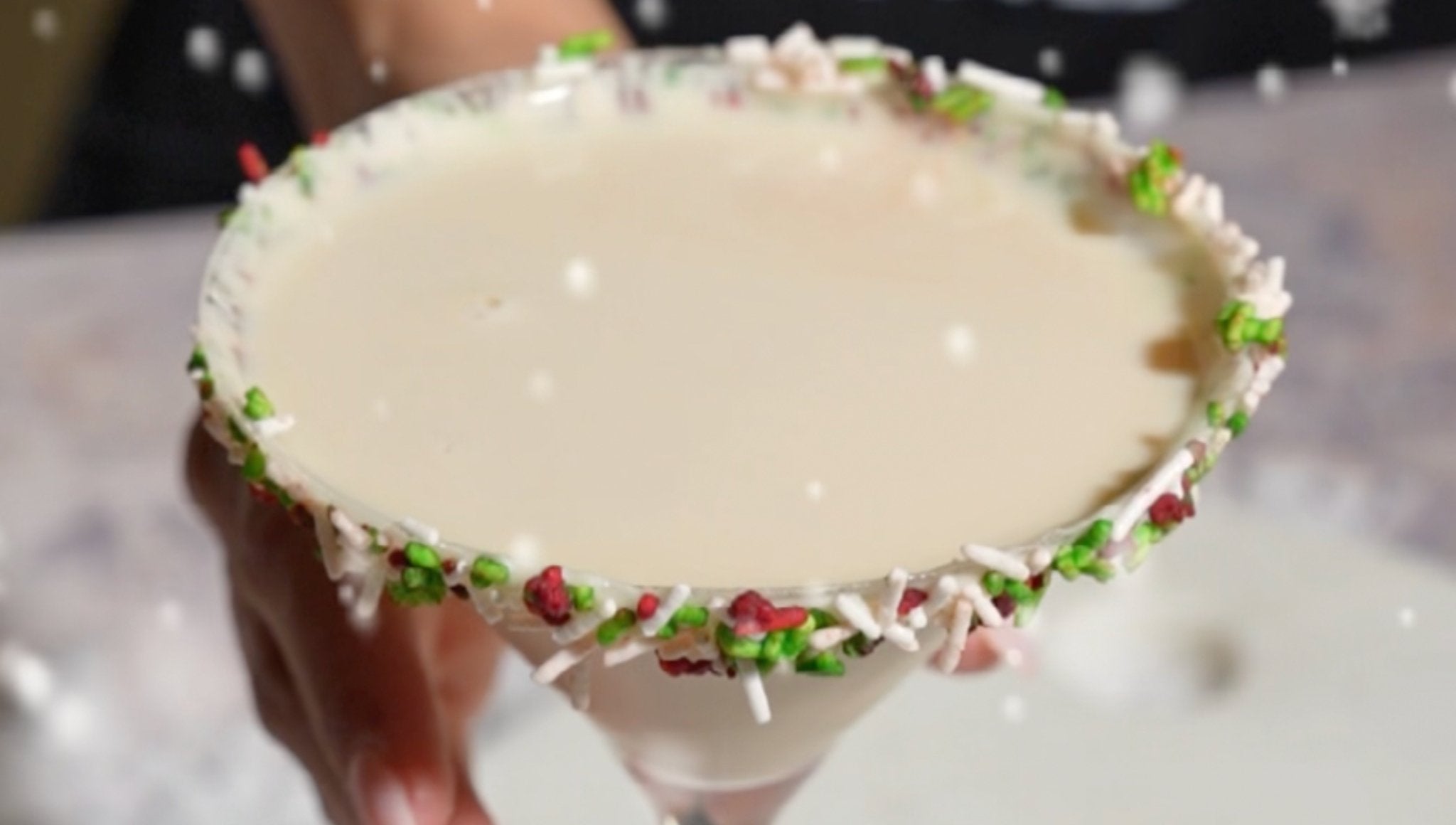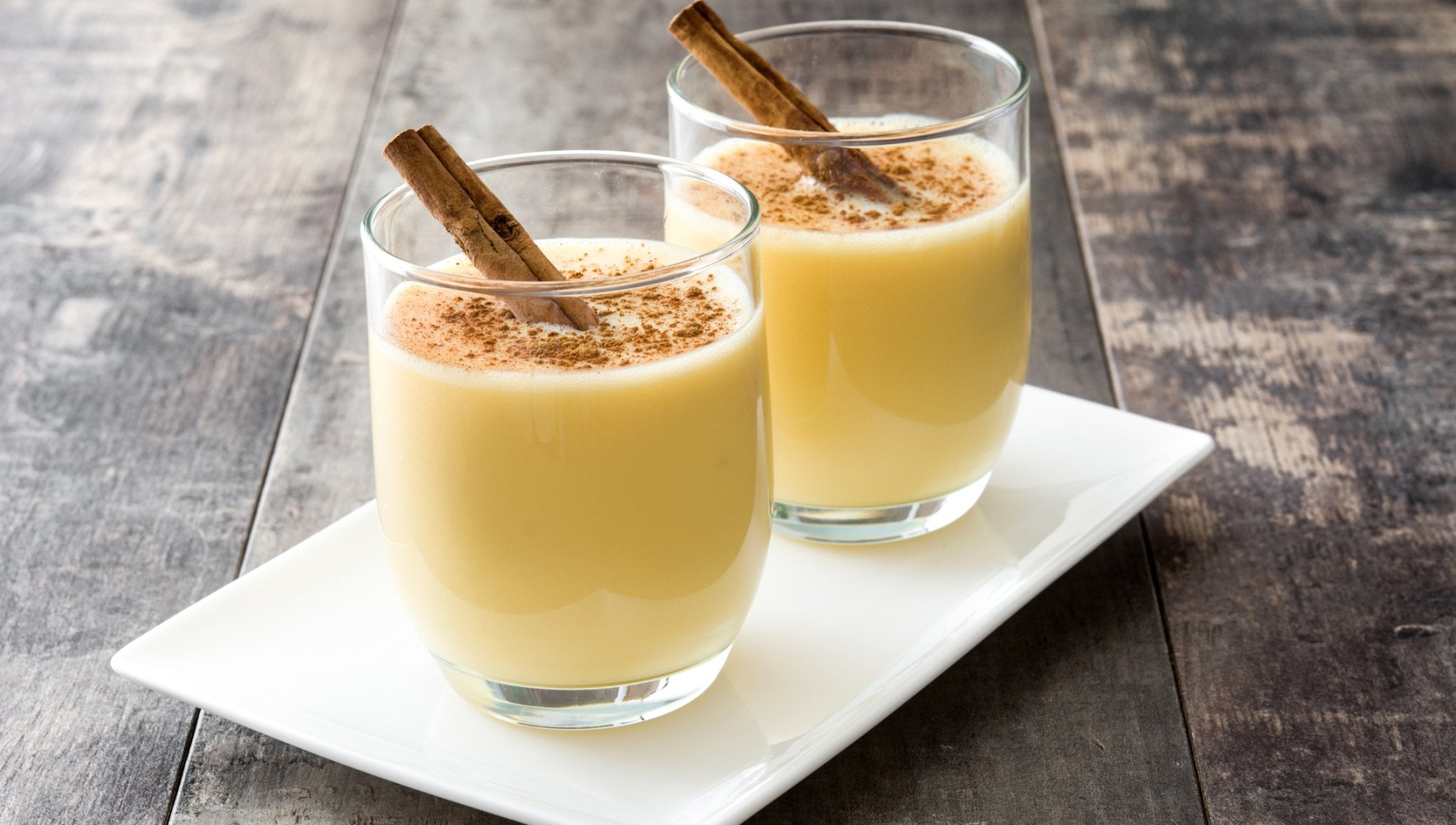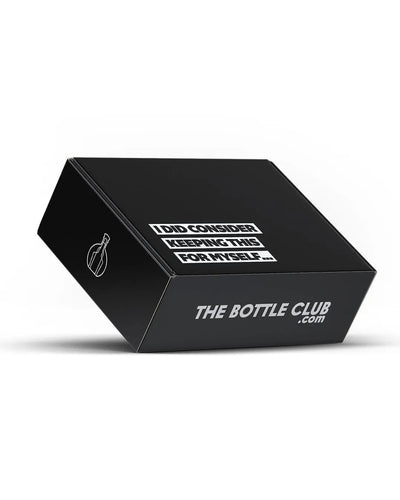How to Cook with Alcohol

Do you use the good wine or the cheap stuff when cooking? It’s a question that poses a conundrum for the busy cook. Get it right and adding a swish of alcohol to your dish gives it the high-end restaurant taste and flavour. But get it wrong, and the whole dish is spoilt beyond saving. Here are our top tips for cooking successfully with alcohol.
Why bother?
If cooking with alcohol is such a roulette, why bother? Good question and the answer is simple – it improves the flavour of your food.
Cooking is kitchen chemistry, the fusion of not only different foods and flavours but various chemical compounds too. When we add heat to this mixture, it causes a change in the shape and behaviour of ingredients.
Adding alcohol to dishes does the same thing. It bonds well with different compounds in foods including fat and water. And when it does so, they become better carriers of flavour and aroma.
The easiest example to show you how is marinading meat in an alcoholic mixture. Marinade an otherwise tough piece of beef in alcohol, such as whisky or red wine, and you’ll have a melt-in-the-mouth piece of meat that is packed with flavours too. This is because the alcohol tenderises the meat by breaking down the tough fibres.

But how can you avoid foul-tasting mishaps? Follow these tips…
#1 Cook with alcohol you would drink
Some wines are manufactured specifically for cooking with. Take a swig – which we don’t recommend you do – and you’ll spit out the grossly acidic mouthful within seconds. It may give a certain piquancy to stews and sauces but it is a synthetic taste that you’ll soon leave behind when you substitute the real thing.
Cooking wine is loaded with salt and representatives, such as potassium sorbate and potassium metabisulfite, the reason why an opened bottle of cooking wine can easily survive in your store cupboard for months. If you have a refined palate, you’ll not only notice a synthetic flavour to your food when it is added, you’ll also notice a salty taste. Cooking wine is very acidic, one of the reasons why it is such as good deglazing too – but a quality wine or another type of alcohol will do just the same and with a nicer flavour.
And so our top tip is to use alcohol in cooking that is drinkable. In other words, it is just as palatable on its own and enjoyed as a drink as it is in your favourite dish.
#2 Use it as a marinade
If you are still nervous about adding a slosh of your favourite whiskey to your cooking, take a step back and start by marinating with alcohol. Alcohol ‘denatures’ protein fibres and so a tough-as-old-boots stewing steak takes becomes melt-in-the-mouth soft.
And we have a great tip for choosing the right alcohol as the base for your marinade:
-
Dark alcohol for dark meat – red meat loves languishing in a bath of whiskey or stout before roasting or stewing.
- Light alcohol for lighter meats or seafood – gin is your friend when it comes to adding flavour to white meat or seafood, as too is tequila. Marinate for 20 minutes before cooking to revolutionise the taste of your dish.
#3 Use it for poaching
Poaching is the skill of simmering food in a small amount of liquid, such as water. There are many foods we poach and they usually have a fairly delicate constitution. Soft pears will retain their shape whilst cooking, as too will salmon. As well as a delicate structure, they will also have a delicate flavour.
And yet, these foods – salmon and pears included – will often have their flavour enhanced by adding alcohol to the cooking water or liquid or even substituting it completely. Just imagine the delight of tucking into a salmon fillet, gently poached in a pale but flavoursome white wine or peeled pears simmered in red wine for dark, wintery evenings…
#4 Add alcohol to sauces

Diet advice changes all the time but we know that lean white meats and fish should trump red meats done the shopping list.
But let’s be honest, there are times when we get bored of flavourless chicken breast or dry turkey. Even fish, with all its oily goodness, can feel a little samey after a while.
Adding different layers of flavours to the main ingredient in a dish gives it the flavoursome va-va-voom that you are looking for.
One element that can change a dish for the better is the sauciness you serve with it. From a homemade white sauce for fish to a velvety gravy for chicken, there are many options to liven up your roast chicken and turkey.
Adding a dash of alcohol to your sauces gives it to different take you are looking for. Here’s how:
-
Cook your chicken, turkey or fish as you normally would, whether that is in a pan on the hob or in the oven.
-
Once the chicken, turkey or fish. is cooked, remove it from the pan, leaving all the lovely juices and ‘stuck-on bits’ in it.
-
Heat the pan or dish on your hob and then add a splash of alcohol to deglaze it – the alcohol will lift all of this luscious residue from the base of the pan.
-
Make your sauce or gravy as you normally would such as by adding a spoonful of plain flour to form the base of the sauce or gravy. Allow this to cook a little – turn the heat down if it starts to catch – and then add, little-by-little, either stock, water or milk for a white sauce.
- The ‘raw’ alcohol taste will lift when the alcohol hits the hot pan and so what you’ll be left with is a luscious, tasty sauce or gravy that will liven up your roast chicken, turkey or fish.
Don’t forget alcohol-infused sauces for sweets too. A rum sauce drizzled over a citrus flavoured pudding is a sheer wonder and a dash of Bourbon in banana bread or banoffee pie work just a treat too.
You can cook with alcohol and it will taste great!
Why not give you taste buds a treat by adding alcohol to liven up sauces, gravy and adding to a marinade too?




































